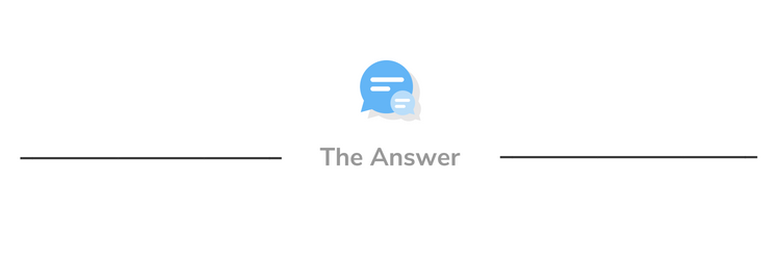Dear Career Coach,
I’m job searching and I’ve been told that companies won’t even consider me for my desired position because I don’t currently work in a similar role. What can I do to prove I’m a fit—even if my existing position is a little out-of-the-box?
Signed,
Unexpected and Eager
Dear Unexpected and Eager,
We’ve all been on the receiving end of skepticism. Here’s the thing: When most people hit us with a why (i.e. “Why would anyone hire you for a job you have no experience in?”), we’ve triggered something in their own experience.
They’re no longer talking to you, they’re talking to themselves and are trying to dissuade you from taking a risk to justify their own decisions.
People will always try to push you toward the mean. Tune them out and be selective about who you seek advice from.
When it comes to proving that you’re a fit for the positions that you really want, there’s one key thing I recommend:
Translate Your Experience Into Their Language
I’m going to trust that you aren’t trying to go from veterinarian to actuary or some other radical career change that would require gaining a complete new set of skills and credentials.
What we’re talking about is how to translate the language of your existing experience to the language of your desired position.
Think about the process of planning a trip to a country whose language you’re unfamiliar with. You’re going to spend a few weeks, so you look up the basics—like how to greet people, ask for the nearest bathroom, and order water.
The exercise with your career is similar. You have to learn the foundational language spoken by the people you want as peers in order to contextualize what you bring to the table.
Here’s How to Do That
To start, it’s likely that you’ve written your resume in the language of your current experience (in social media marketing, for example), but you want to move to a new role (sticking with the same example, in graphic design).
Pull up two or three postings (including your desired position) and analyze their language. Use what you’re seeing there as your guide, and then translate that into your own job search documents.
In practice, that looks like changing a resume bullet from this:
• Increased follower engagement on Instagram by 27%
Into something more design-relevant like this:
• Created customized and branded Instagram graphics to increase engagement and maintain a cohesive brand identity
Next, it’s also smart to identify a future peer. LinkedIn’s particularly helpful in finding someone who works in the role you want to move into. Send that person a message and offer to take them to lunch or ask if they’d be open to answering some questions over email.
Don’t explicitly ask about how you can make the transition. Instead, ask about what they do, their day-to-day, any challenges they face, and other aspects of their role. Your main objective is to pay attention and absorb the language they use to describe their own experience.
That’s valuable insight you can use to tweak the way you’re presenting your own qualifications.
In any role change there will be some skills you’ll have to pick up or develop. Don’t let that dissuade you.
Be transparent and honest about where you need to skill up. Do what you can to illustrate to your future employer that you can take initiative and are willing to do what is necessary to excel in that role.
Finally, leverage the experience you already have to distinguish yourself from other candidates. Coming from a non-traditional background isn’t bad—your differences, with some strategic tuning, can be your strengths, not your weaknesses.




